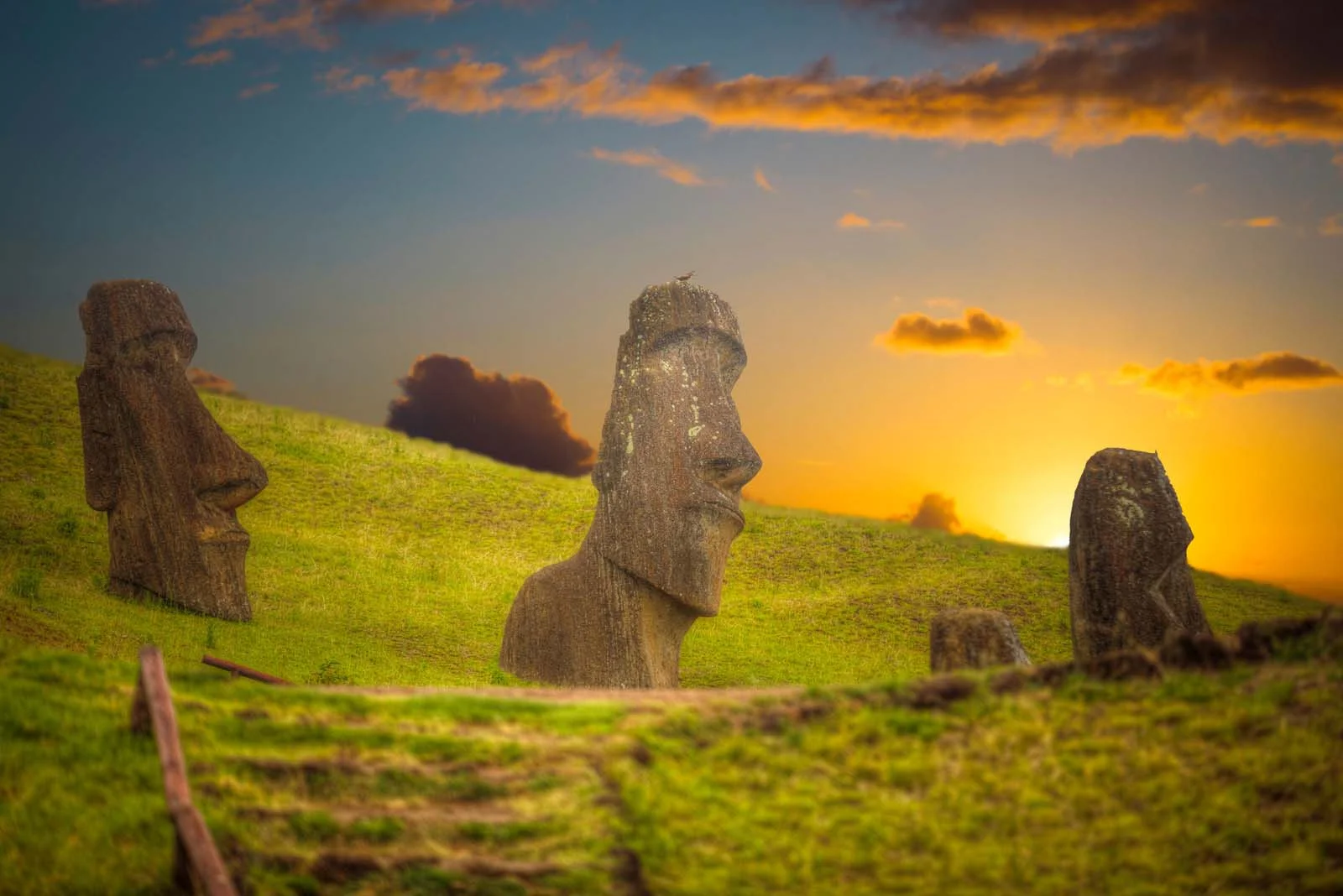
Hidden titan revealed. Easter Island unveils new statue immersed in volcanic crater | Travel News
Easter Island, a territory of Chile, is among the world's most fascinating locations. It is famous for its mysterious Moai statues, some of which stand up to 20 feet tall and weigh as much as 20 tons. These statues were likely crafted by Polynesian settlers between AD 1000 and 1100.
Easter Island statues: a remarkable find in a volcano crater
A newly revealed statue, previously hidden at the bottom of the Rano Raraku crater, has been presented to the public. The monolith remained unseen as long as the lagoon was filled with water.
This significant discovery occurred on February 21 this year. A team of volunteer scientists from three Chilean universities found the statue and collaborated on a project to study the bed of the Rano Raraku crater.
"The potential for scientific and natural research is immense with this moai. It is a truly remarkable discovery as it is the first statue found inside the lagoon in the Rano Raraku crater," said a spokesperson for the indigenous Ma'u Henua people (Msn.com).
Ninoska Avareipua Huki Cuadros, the leader of the Ma'u Henua community, also commented on the find, suggesting that the statue could not have been made more than 350-400 years ago due to the lagoon's previous depth.
"For at least the last 200 or 300 years, the lagoon was nearly ten feet deep, implying that no one could have placed the moai there during that period," noted Ninoska Avareipua Huki Cuadros (Msn.com).
